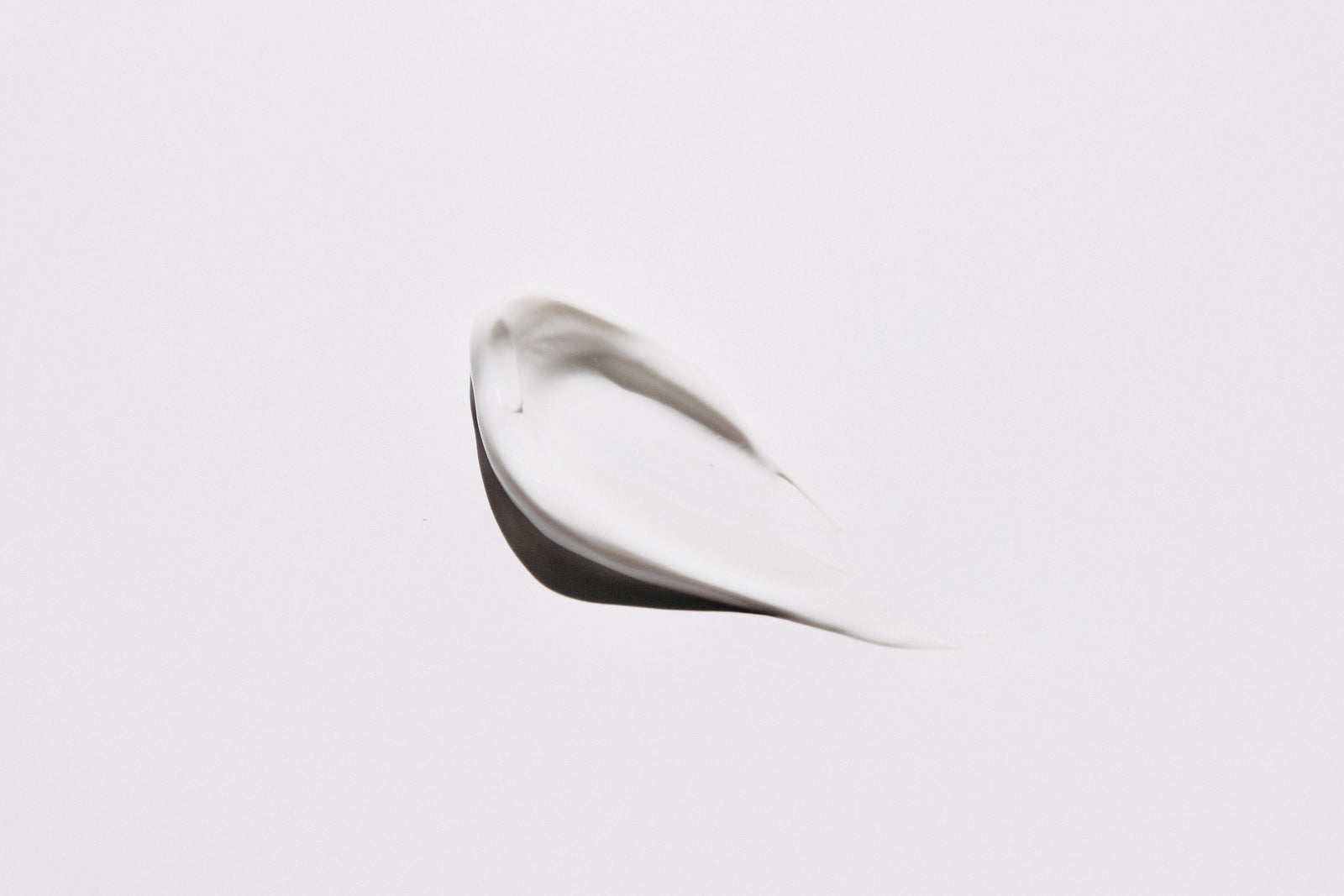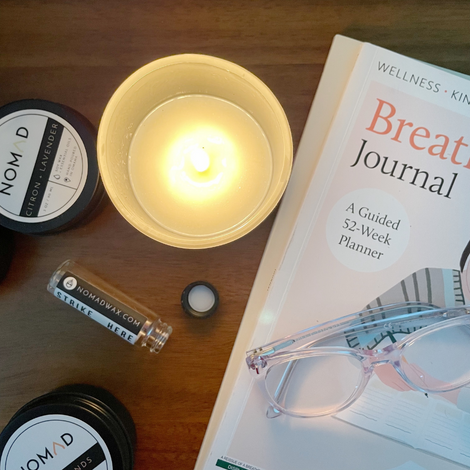What are parabens? (2024)

You see a lot of candle, fragrance and beauty brands talking about why they use a certain wax, or what kinds of fragrances they use, but aren't sure why or if it should matter to you. We've got the answers for you!
Labeling products as "clean" is a complex endeavor. For us, CLEAN means we eliminate all of the ingredients known to be unhealthy or toxic to humans, we avoid packaging that is harmful to the planet and choose greener, more sustainable options, and seek organic ingredients whenever available. We also focus on ethical suppliers and items manufactured in the USA whenever possible. We aren't perfect, but we are diligent and paying attention and continuously improving to make better choices and make our products as clean and healthy as we can.
We'll briefly cover some of the things that AREN'T in our products, and why it matters. Right now, let's talk about parabens.
What are parabens?
Parabens are a type of chemical preservative commonly used in cosmetics, personal care products, and food products to extend their shelf life and prevent the growth of bacteria and mold. Chemically, they are a series of parahydroxybenzoates or esters of parahydroxybenzoic acid. Examples of commonly used parabens include methylparaben, ethylparaben, propylparaben, and butylparaben. Often more than one paraben is used in a single product.However, there are concerns about the safety of these chemicals as they can mimic the hormone estrogen and potentially disrupt the endocrine system. They fall into a category of chemicals known as Endocrine Disrupting Chemicals, or EDCs. Some EDCs that you may have heard of include PCB, DDT and lead.
Why are parabens bad?
As an EDC, parabens are bad because the get into our bodies through the foods we eat and the everyday materials we use, such as shampoo, perfume and candles. Many products, such as makeup, moisturizers, hair-care products, and shaving creams, contain parabens. Parabens in these products are absorbed through the skin or eyes, or inhaled. Parabens also can enter the body when pharmaceuticals, foods, and drinks containing parabens are swallowed or eaten. They are absorbed into the body through the skin, metabolized and excreted in urine and bile (Soni 2005). Nearly all Americans have paraben byproducts in their urine. CDC scientists found Methylparaben and propylparaben in the urine of most of the people tested, indicating widespread exposure to these parabens in the U.S. population.
Researchers and medical professionals are still learning about exactly what parabens in the body do to us, but links to these chemicals and the growing rates of chronic illness are clear.
Parabens: The link between endocrine disruption and reproductive harm
Parabens can act like the hormone estrogen in the body and disrupt the normal function of hormone systems affecting male and female reproductive system functioning, reproductive development, fertility and birth outcomes. Parabens can also interfere with the production of hormones (Environmental Working Group, Stoiber 2019).
What is endocrine disruption?
Endocrine disruption (from chemicals) occurs when a chemical in the environment mimics, blocks or interferes with hormones and their normal actions in the body.
Parabens: The link between endocrine disruption and cancer
Scientists are concerned about the exposure to environmental estrogens and how they may contribute to the risk of cancer, particularly breast cancer in women. Propylparaben can alter the expression of genes, including those in breast cancer cells (Wróbel 2014), and accelerate the growth of breast cancer cells (Okubo 2001). A recent University of California-Berkeley study found that low doses of butylparaben, previously not considered harmful, worked in conjunction with other cell receptors to switch on cancer genes and increased the growth of breast cancer cells (Pan 2016).
Parabens: The link between endocrine disruption and skin sensitivity
The skin can become sensitive to parabens, resulting in irritation (CIR 2006). For those already suffering from other skin sensitivities and disorders, such as eczema, psoriasis or allergic rashes, another irritant that's a common ingredient - such as parabens - is problematic.
Why should I care about parabens and endocrine system disruption?
When our body systems don't function as biologically designed health problems soon follow. From chronic illnesses to reproductive issues such as infertility, to cancers, the scope of damage from endocrine disrupting chemicals, such as phthalates, is vast.
Some people are more sensitive to these chemicals and experience side-effects that diminish quality of life or cause chronic illness. It's important to care about these chemicals because they are present everywhere, can harm every organ in your body and because regulations don't always match what's actually safe for humans, especially if you fall into one of the more sensitive groups. It's also important to minimize EDCs for babies, children and pubescent teens, because it affects the normal development of their bodies and reproductive systems.
In 2018 the Endocrine Society analyzed more than 1,800 scientific studies and found clear evidence showing how EDCs disrupt our hormones and harm our health. They are linked to male and female reproductive disorders, obesity, diabetes, neurological problems, immune and thyroid disorders, osteoporosis, Parkinson’s disease, and hormone-related cancers. Learn more by visiting endocrinesociety.org
How to identify parabens in products
It’s one thing to know you should avoid parabens in your home & beauty products, but it’s quite another to navigate the complex ingredients on packaging. How do you know which ingredients fall into the category of parabens? Here is a brief cheat-list on how to identify parabens in products, based on the ingredient name. Parabens are more easily identified if they include the word paraben in the ingredient name, including:
- Ethylparaben
- Butylparaben
- Isobutylparaben
- Isopropylparaben
- Methylparaben (most commonly used)
- Propylparaben (most commonly used)
However, other commonly used names for parabens include:
- Methyl Hydroxy Benzoate (or Methyl Hydroxybenzoate)
- Benzoic Acid
- 4-Hydroxy-
- Methyl Ester
- Methyl-4-Hydroxybenzoate
*Also worth noting*
Besides fragrance and beauty products, processed foods also tend to have higher levels of parabens, including: cereal-based snacks, dried meats, beer, sauces, desserts, soft drinks, jams, pickles, frozen dairy products, processed vegetables and flavoring syrups. So it's important that you are aware of not just what you put ON your body, but what you put IN your body as well.
The Bottom Line on Parabens
Eliminate EDCs, including parabens, wherever you can, from the products you use everyday, to the food you eat. Buy products labeled as paraben-free. Closely monitor and minimize consumption of fast foods & processed foods. Read the packaging on your skincare, haircare, cosmetics, perfumes, candles and other home fragrance products. Ask questions. Be aware, informed and conscious.
Conclusion
When I began the journey to only using clean scents, I evaluated everything I chose to include in my lifestyle. It was a path that took several years and happened bit-by-bit, but I read labels of EVERYTHING. After quitting candles and wall plug-ins, completely and changing my makeup/sunscreen/perfume/hair products and cleaning products, I was able to make more informed, conscious choices.
And a few years after that, I started researching and experimenting with making my own candles that I knew used safe ingredients, no EDCs and could have the mix of the clean, fresh scents I loved. I chose the vessels, I chose the wax, I chose the wicks, I chose the scents. From there, it was a short leap to make other clean fragrance products for the home and body and what is now Nomad Wax Co.




